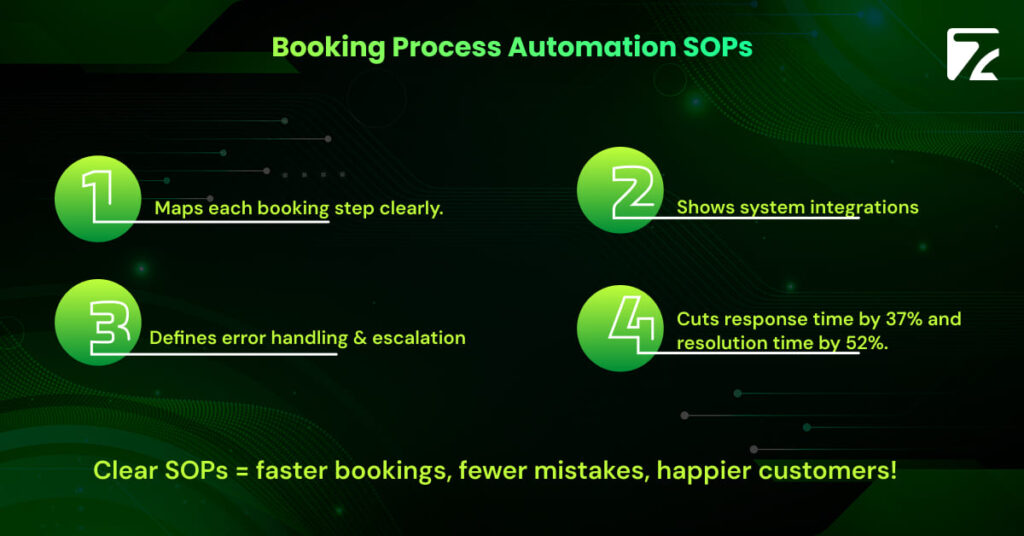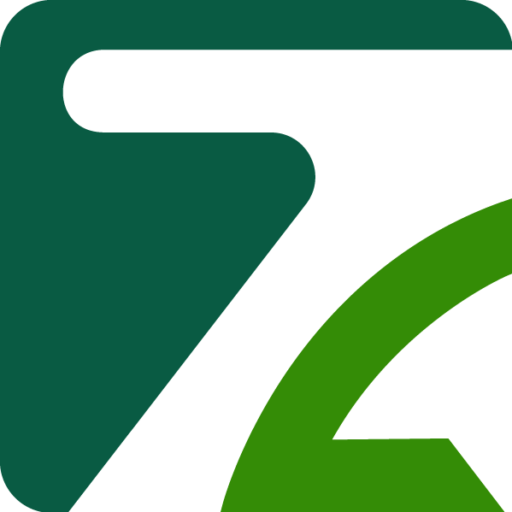Travel businesses need automation of SOPs, especially during this critical phase for the travel sector in the post-pandemic era. McKinsey in one of its reports concluded that firms emphasizing documentation and process standardization are 21% more profitable than others that do not (Waybook, The Founders Guide to Standardizing Your Business). Standardized Operating Procedures when documented properly have the potential of reducing operational costs by 30% and increasing customer satisfaction by 25% .
It’s the proper documentation that drives operational automation in travel organizations and seamless implementation, scaling plans, and seamless SOP automation. This article aims at sharing knowledge of documenting automated SOPs at the operational level useful for every travel business. The approaches suggested here are not all encompassing, but it is my hope they will serve practitioners in different capacities within the travel industry.
Automated SOPs entail documented procedures aimed at converting manual repetitive work into technology-based workflow. Proper documentation acts as a blueprint ensuring every team member can apply, administer, or sustain the automated workflow without complications arising from ambiguity or miscommunication.
Let us explore the important types of automated SOPs which are used in travel domain and how they are documented

In the past, travel booking processes required manual effort at different stages, resulting in both time wastage and inaccuracies. Automated booking systems process, confirm, and conduct all steps in a matter of seconds. Recording these processes permits smooth functioning without operational snags and easy fault identification.
While having a booking automation SOP, remember to add:
As case in point, SOP documentation for hotel booking automation should illustrate availability checking processes, channel rate calculations, and rate display timings. Studies say businesses that automate their booking processes see 37% and 52% drops in first response and resolution times respectively (Gorgias, “New Data Shows 4 Ways Automation Impacts Customer Service”).
Automated customer messaging has changed the way travel companies communicate with customers. Booking confirmations, travel reminders, and post-trip surveys all touchpoints that can be fully automated but still feel personalized.
The documentation you make available for these SOPs should include:
For example, a robust SOP document for all pre-travel communications would spell out the actual timing sequence and which customer data points are used to personalize each message. According to studies, pre-, day of, and post-travel customer service issues in the travel sector can see over 50 percent of issues resolved within a second (“Increase customer satisfaction in travel and tourism with AI” Netomi).
For travel companies with small inventory resources (hotel rooms, tour spots, transportation, etc.), there is a need for effective inventory management. Computerized reservation systems avoid overbooking and optimize the loading factor.
For inventory automation SOP documentation, you should include:
In a formalized SOP document-or “how-to” guide for tour inventory management-the process for calculating and maintaining capacity across all selling channels would be defined as well as rules for when to open or close inventory according to demand trend patterns.
According to studies, the time spent in inventory control can be cut down by up to 60% thanks to automation, leaving staff free to deal with more strategic mission .
Automating payment handling not only reduces how often sensitive financial data needs to be touched manually but also speeds up the entire revenue process. It’s especially critical to document these standard operating procedures carefully, given the importance of security standards and compliance obligations.
A solid payment processing SOP should clearly explain:
For example, a well-written SOP might walk through exactly when payment details get tokenized, outlining the precise steps involved from authorization to capture. According to reports, automating payments can really tighten financial accuracy some systems have hit up to a 95% boost in reconciliation accuracy .
Today’s travel companies depend on connections with a broad network of suppliers everything from airlines to local tours and activities. Documenting how these integrations work is key to keeping operations smooth across all partners.
An effective supplier integration SOP should cover:
Take an airline integration SOP, for instance: it should spell out how fare and seat availability data is retrieved and processed, and detail the flow for booking and confirmation. Interestingly, studies suggest that businesses using well-documented travel management systems tend to secure better rates than those booking trips independently leading to noticeable savings (Travelling Weasels, “How Business Travel Management Saves Costs”).
No matter what processes you’re streamlining, it’s smart to stick to these documentation tips:
Well-documented automated Standard Operating Procedures (SOPs) can really make a difference for travel businesses. Companies that put these into practice the right way often see their operational costs drop by up to 30%, while customer satisfaction can jump by around 25% . Having clear and detailed automation documents also helps businesses beat their revenue goals, improve quality checks, and make work easier and more satisfying for employees ( “70 Business Automation Statistics” Venasolutions). By following the tips on documenting SOPs in this article, your travel company can build procedures that support smooth automation, keep things consistent, and grow steadily in today’s digital-focused travel world.
Many travel businesses want automation but feel it's out of reach due to cost or complexity. Addressing affordable tools (like Zapier, Airtable, or low-code platforms) and practical steps fills a real knowledge gap.
Most resources talk about benefits, but few dive into risks: integration failures, loss of flexibility, over-reliance on tech. This question lets you explore pitfalls + solutions a topic underserved in search results.
Travel companies struggle to quantify automation’s impact beyond vague “efficiency.” This question opens discussion for specific metrics (e.g., booking error reduction, resolution time improvement, cost savings) few articles explicitly outline.
People often think automation = impersonal. This lets you debunk that myth and explain how well-documented automation can increase personalization, speed, and satisfaction an insight missing from many operational guides.
One of the biggest fears is “locking in” rigid processes in an industry shaped by disruptions (pandemics, regulatory shifts, tech changes). This question positions you to advise on agile documentation, version control, and modular process design—a fresh angle.

Travel Automation Expert